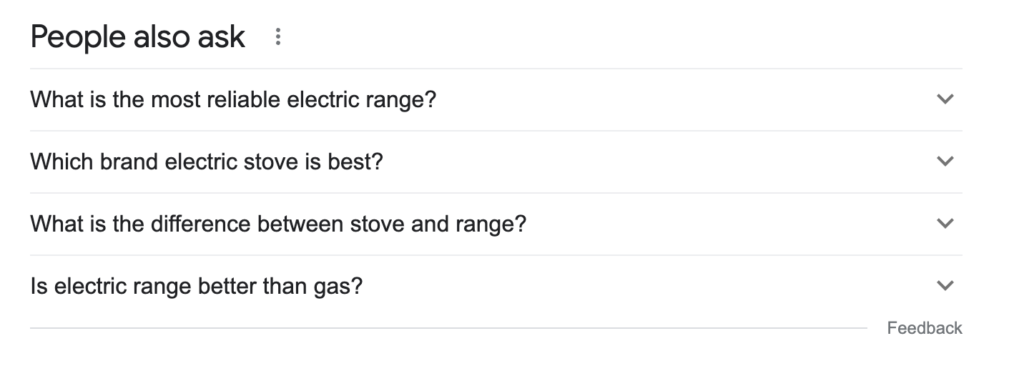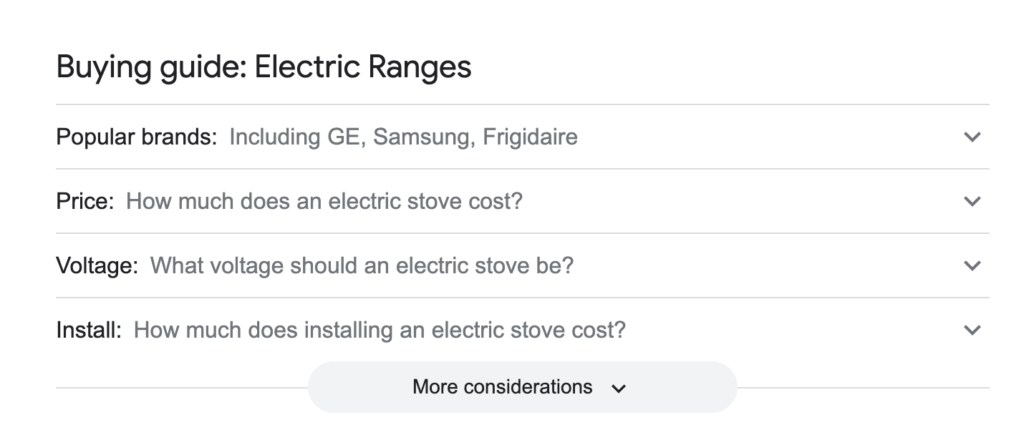What is conversion rate?
Conversion rate is the percentage of users who took action on your website. What those actions are can vary quite a bit depending on your business. Consider also that you likely have both micro conversions and macro conversions to track.
Micro conversions are steps users take that lead them on the path to the end goal. Examples of micro conversions include subscribing to an email newsletter or downloading a whitepaper, whereas macro conversions might be filling out a contact form, applying for admittance to a program, or making a purchase. Again, these will vary depending on what type of business you’re in.
how to calculate organic conversion rate
The conversion rate formula is very simple: just divide the number of conversions by the number of visitors, then multiply by 100 to get your percentage. Bam.
Easier still, most tracking tools and analytics platforms take care of the math for you.
Why your organic conversion rate may be dropping
Let’s get to the meat of the matter: you may have made changes to your website in the hopes that it would improve the user experience on the site and lead to more conversions, but the opposite is happening. Why? There are many possibilities, but we’ve narrowed down three common causes of low organic conversion rates as it pertains to SEO and user experience.
Cause #1: poor navigation
“Poor navigation” can mean a lot of things. The focus here is on the overall user experience — are users having a hard time finding what they need? Is the navigation confusing and difficult to follow? If you’re trying to fit 20+ items in one menu, is that really the best way to approach your nav?
You want to make sure that your navigation is mirroring the way that you expect people are going to browse your site. Use the audience personas and consumer data that you have to better understand your audience. What are the most important things to them?
Check out this example from Crate & Barrel. They have a tremendous product offering and a lot of content. But even in this case, you could see that they did a good job of making sure that the main navigation is clean. People can easily browse the extensive product selection, things are clearly labeled, and they don’t have an unnecessary number of categories listed. Everything is clearly defined.
They’re also supporting that with a prominently featured search bar there on the top left that says, What can we help you find? So even if a user doesn’t see what they need in the main navigation, they can easily conduct a search to get there.
To summarize, make sure that your navigation isn’t just a dump of all of your content. It needs to be thoughtfully structured so that key items/pages are easy to find. Take user experience into account. User experience can impact things like bounce rate and engagement on your site, which impact your SEO rankings — and a great user experience drives conversions.
Cause #2: mismatched keyword targeting
What is mismatched keyword targeting? What we tend to see happening here is that businesses choose target keywords because they have high search volume, but they don’t necessarily match the content or intent of the page. Of course, you do want to take search volume into consideration, but you should be putting the consumer first and foremost. If your content doesn’t match what users want to see when they search for a keyword, they may click through to your page, but fail to engage or convert.
It starts with strategic keyword research. You may have one keyword that has 10,000 searches per month, but there’s actually a more relevant keyword that has a few hundred searches per month. It may seem again counterintuitive to target that lower volume keyword, but if it’s better aligned with your content and the intent of that page, the page will perform better.
Here’s a handy chart from SEMrush on keyword intent mapping. As you can see, a comprehensive content strategy includes content that’s informational or top-of-funnel, which tends to be more generic and targets broad keywords, but also includes more in-depth, research-based content — things like reviews or comparative content — that tend to be mid- to low-funnel. Those lower funnel pages tend to align with longer-tailed or more comprehensive keywords versus a one or two-word keyphrase.
Aligning with consumer intent will help ensure you capture a relevant audience that is more likely to convert. If you haven’t already, create audience personas to help refine your targeting strategy.
Cause #3: irrelevant content
Another possible cause of declining conversions is irrelevant content. You may have a piece of content about backpacks, right? But if people are really interested in looking at popular backpack colors by their child’s age and your content covers “The Top 10 Backpack Colors for 2022,” it’s probably not going to perform well, because it’s not in line with what people are looking for.
So how do you find out what your consumers want? Research what questions people have related to that topic. See what content is performing well in search — and elevate it. If you have a particular keyword that you’re going to be targeting, go ahead and put that in Google, see who’s showing up on page one, and look at what their content is covering. That can be a great starting point.
Here’s an example. Looking at electric ranges, we see the People Also Ask section and some Buying Guides SERP Features. These search results offer a lot of insight into consumer FAQs and their main areas of interest. Right there in the SERP are some questions that can easily be integrated into an FAQ section on the page. You can even use these questions as headers (H2s) in your content to target being featured in those SERP features yourself.


This blog post was informed and inspired by our webinar, Declining Traffic, Rankings, & Conversions: How to Solve the Top 3 SEO Problems.




